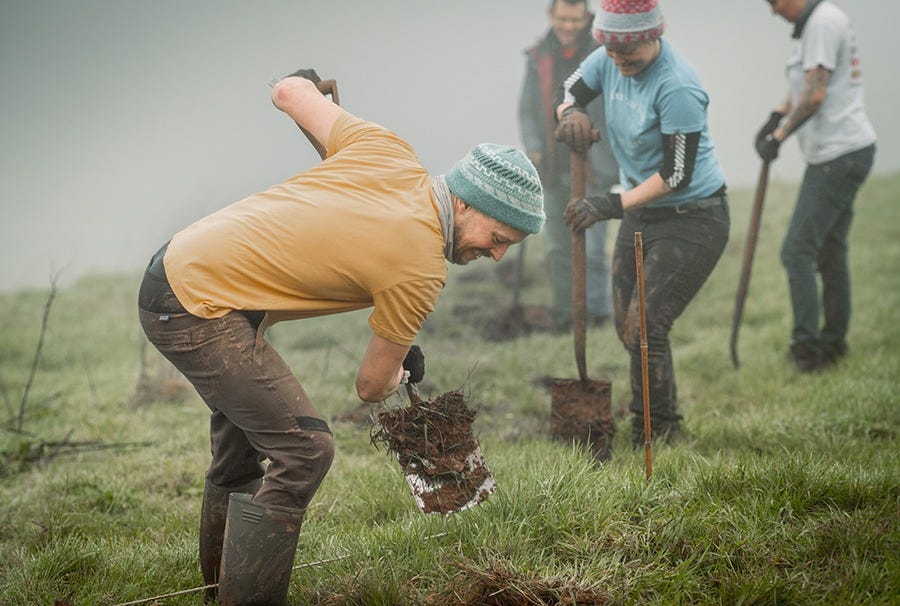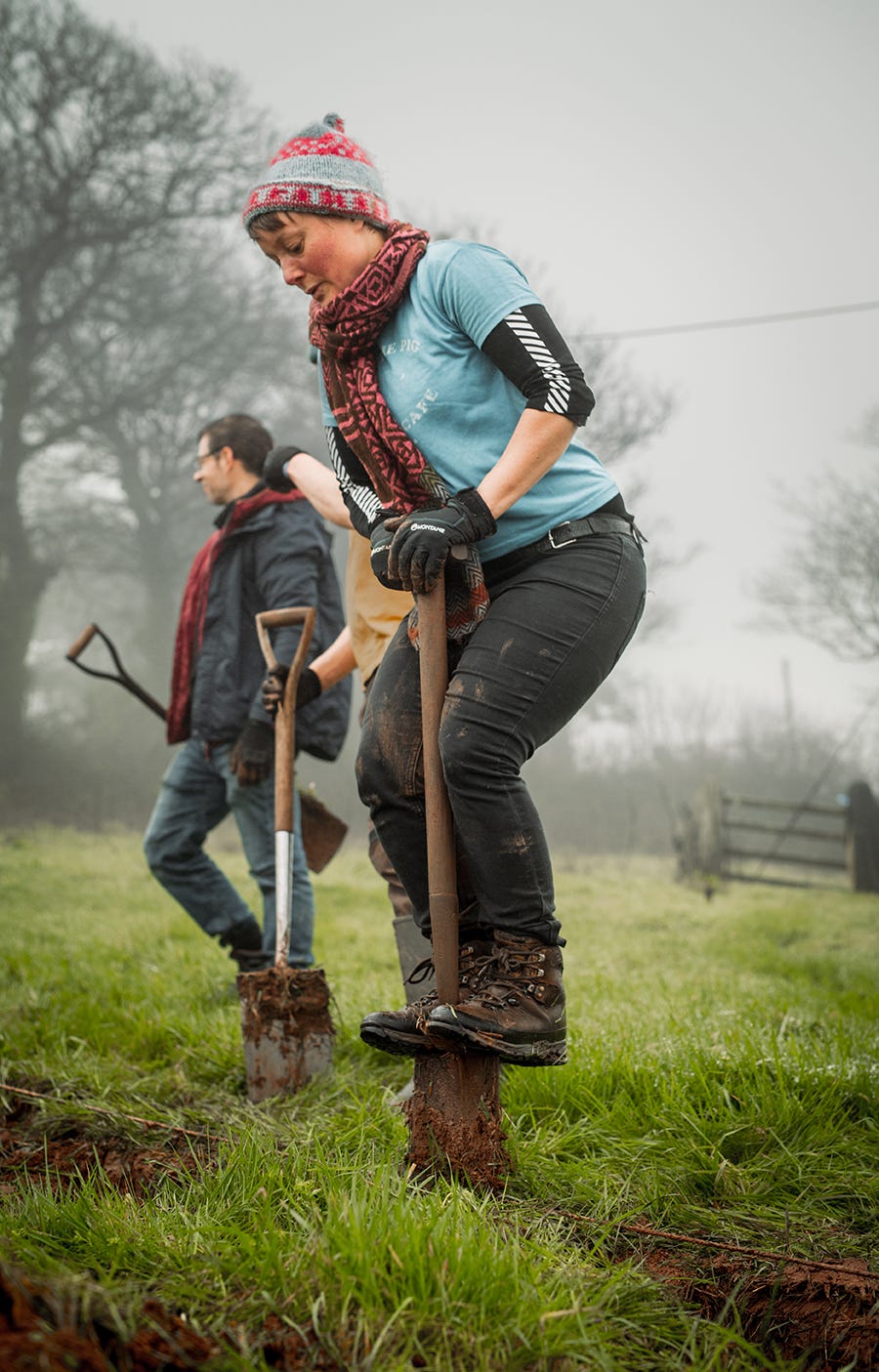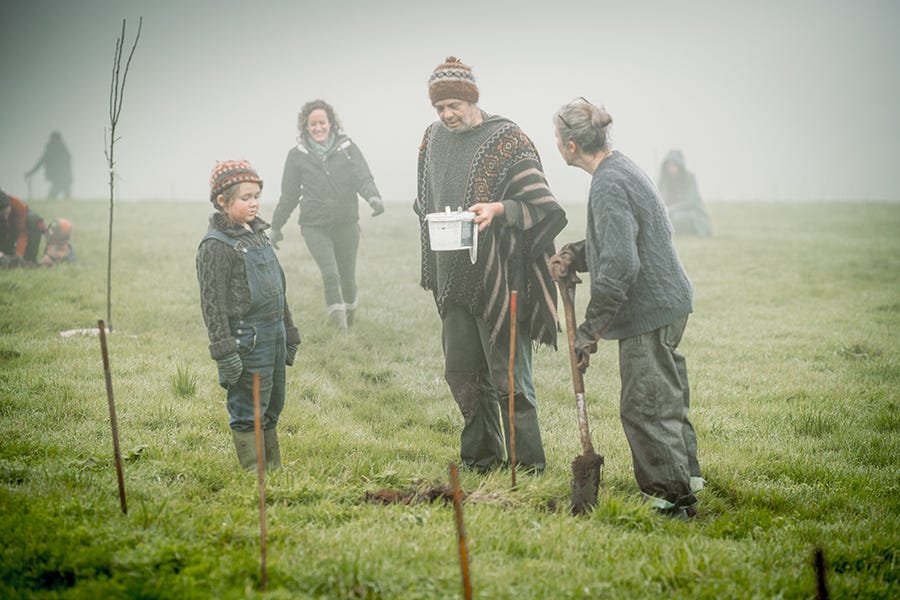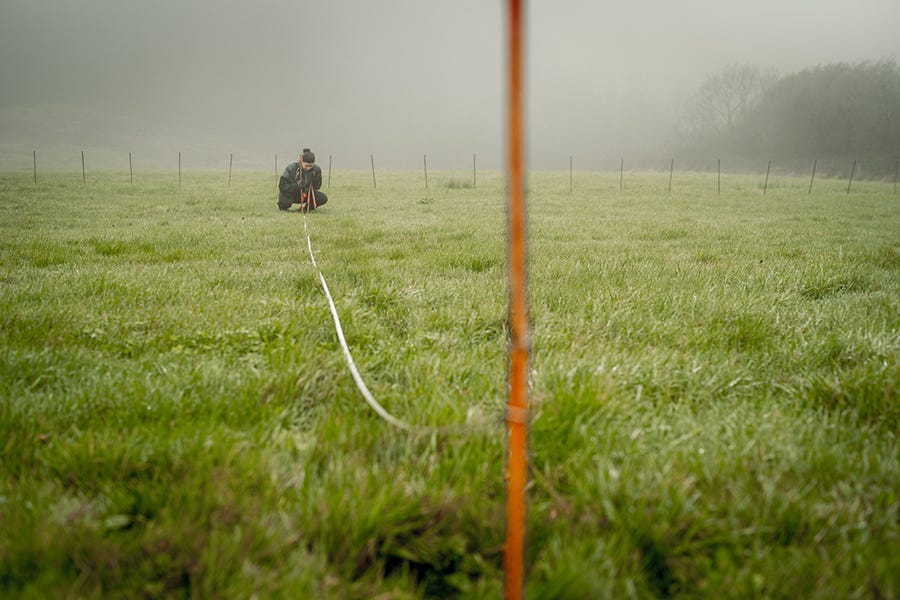It’s proving challenging to meet the UK’s ambitious tree and woodland establishment targets. To explore why, I held some fascinating and candid conversations in the first months of 2023 with twelve people in the trees, woodland, and forestry sector, based across England, Scotland and Wales. With 291 years’ collective experience, representing eight organisations, and with a range of roles, management objectives and levels of seniority, this is a snapshot of their tree planting-related insights…
Cumbersome regulatory framework
Practical challenges around woodland/forestry establishment were a recurring theme for many interview participants, particularly those in hands-on roles. Some felt there was a lack of backbone or foundation to support tree planting, with other agencies and council bodies also unable to keep up.
‘When we go to plant…you would think we were trying to develop a nuclear power station… it’s so hard to get through the regulatory framework.’
Mechanisms to ensure the avoidance of unplantable land, such as priority species’ habitats or archaeological remains, were so time-consuming that in some cases landowners were put off from planting altogether.
Trade-offs in land use
Commercially focussed forestry participants were worried that increased focus on rewilding and carbon capture (from broadleaves) was having a detrimental impact on economically important timber production. Greater domestic production has various co-benefits – less chance of importing non-native pests and diseases, reducing the carbon footprint of supply chain operations with shorter journeys, and lowering the risk of inadvertently purchasing timber from illegally logged old growth forest, from areas of the world with weaker governance and regulations.
Different levels of understanding amongst different groups
An increase in public understanding of climate change and the benefits of trees and woodland had made it easier for some participants to ‘sell’ their work – they didn’t need to convince people of the benefits in quite the same way as they had a few years ago. However – in other contexts, it was a different story – there was a sense that there were still some false dichotomies in public consciousness, perhaps harking back to past policy initiatives that were unpopular (e.g. conifer plantations of the 1980s). Modern productive forests incorporate open ground, native broadleaves, and habitat networks for greater biodiversity. Similarly, some people still have the idea that you couldn’t have trees and livestock (though wood pasture can support both). There was a sense that some local authorities were unaware of the huge expense incurred by dealing with ash dieback with costs of bringing a tree down on the highway of around £1,000, leaving little money for new planting and managing existing woodlands.
Climate change impacts
With milder autumns and early springs, the tree planting season is effectively shrinking. As planting is also off the cards when there’s snow, frost, and waterlogging, the (time) pressure is on. One key enabler is cell grown trees, which last longer than bare-root stock when there are delays – though they get snapped up early. Dealing with uncertainty - part and parcel of climate change - was a recurring theme. Most participants avoided putting all their eggs in one basket by trying to include a range of species, diversification widely understood to be a ‘no regrets’ option. However, there were nuances. A commercially focussed forestry participant noted that as the climate changes, sitka spruce is doing very well; mixing larch in with it would prove unwise – though normally resistant to Phytophthora ramorum, in the presence of billions of spores, the sitka could also succumb. On a more positive (uncertainty-related) note, some non-native trees planted in central Manchester had done better than expected by many arborists, as a result of Urban Heat Island effect.
Interlinked sector issues
Timelines on planting grants were brought in with very little notice, making forward-planning difficult. Sudden policy changes, and drop-offs in demand, had a huge impact on nurseries – with a domino effect for interviewees. In some cases, this affected people’s ability to get hold of the species they wanted – with one participant taking trees from more northerly provenances (and not through choice; given the likelihood of a warming climate having trees from further south would have been the preferred option). However, this wasn’t everyone’s experience, with another participant having easily bought several different provenances of the same (few) species. Better liason and relationships between the policy makers (in setting the programmes), nurseries and tree-planters may help with these issues and perhaps having a national clearing house would assist, so that people could go and bid for stock.
(Paid) workforce
There were worries, particularly amongst those who were further on in their careers, about the future of the sector. There was a sense that domestic underinvestment had led to a lack of self-respect for the forestry industry; an example given was ‘UK provenance’ trees being grown overseas, increasing the risk of importing non-native pests and diseases, while people in this country weren’t learning valuable propagation skills.
‘Where are the next generation going to be coming from? We’ve got a gap.’
Another concern was around an emphasis on health and safety, meaning parents were unlikely to encourage their children into the sector. On the bright side, there are moves afoot to bridge the gap with forestry apprenticeships.
Funding
Perhaps predictably, many success stories came from well-resourced initiatives – for example funding for research, such as suitable plastic alternative materials for tree guards or recycled soil material blended by a soil scientist (successfully used in urban situations). Adequate funding gave one interviewee the freedom to take an ecologically focussed approach to land management. At the other end of the scale, many participants were excited by a university-led initiative mapping all the species in a newly planted area to track how well they had done. Such findings could be beneficial for the wider sector.
On the flip side, some concerns were raised around poor standards of urban tree planting due to insufficient funding (particularly for street trees requiring crate systems – at an average price of £6k per tree). Volunteers play a crucial role in the sector but funding is still needed to get projects off the ground (no pun intended).
Collaboration and learning
There was huge appetite for collaboration amongst interview participants, both within their own organisations and more widely with other sectors of the tree industry, though attending events proved difficult due to time pressures inherent in the job.
‘It would be nice to think there could be a lot more discussion within the industry… balanced discussion not ‘I’m in this camp and you’re in that camp’.’
Honesty was deemed important as part of the influencing agenda, with a feeling that sharing mistakes could help learning, and open debate more widely. There was also an acknowledgement of a need to exchange ideas with people with a different management objective…
Policy
Including trees in policy at every level – from environmental resilience to mental health – could deliver a significant boost to tree and forest establishment.
‘If we are going to achieve more planting, the decision maker, who has access to the land… is the fundamental starting point.’
Research showing how trees can make financial sense for farmers, and how any yield losses can be counteracted by boosts in other types of productivity, would be impactful. Farmers are a huge part of the equation, but traditionally only plant when it feels economically viable. There was a sense that government planting targets couldn’t be met by the current policy and infrastructure alone. One interviewee presented a compelling picture of replicable volunteer-managed hubs in future to forge ahead with the tree planting agenda.
On a personal note, I was blown away by the passion, dedication, and commitment of all the interview participants, who kindly gave me a glimpse into their world of trees.
Sue Moore has an MSc in Sustainability and Ecology from the Centre for Alternative Technology, is passionate about trees and lives in Shrewsbury. This research formed the basis for her dissertation.
With thanks to the Mersey Forest representative, and all other interview participants, and to The Tree Council. Also, thanks to CAT graduate Joseph Ridsdale, whose research on increasing the resilience of woodlands to climate change, was the catalyst for my dissertation.
Find out more about The Tree Council at treecouncil.org.uk. Sign up to our monthly newsletter The Leaflet, and follow our social accounts: Instagram, TikTok, Facebook, LinkedIN, X/Twitter, YouTube.









